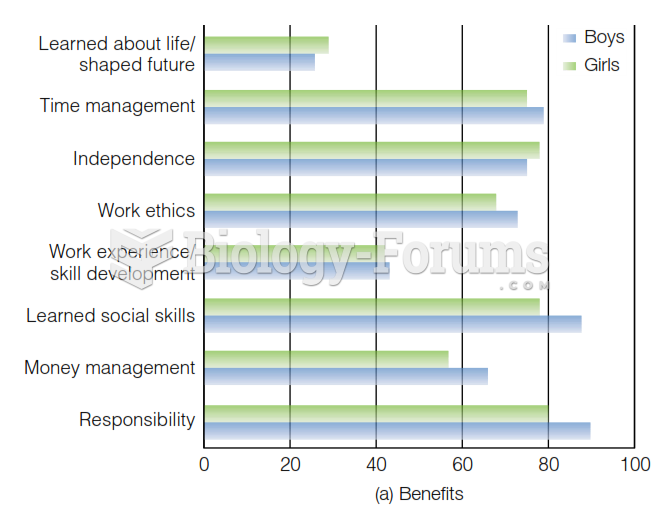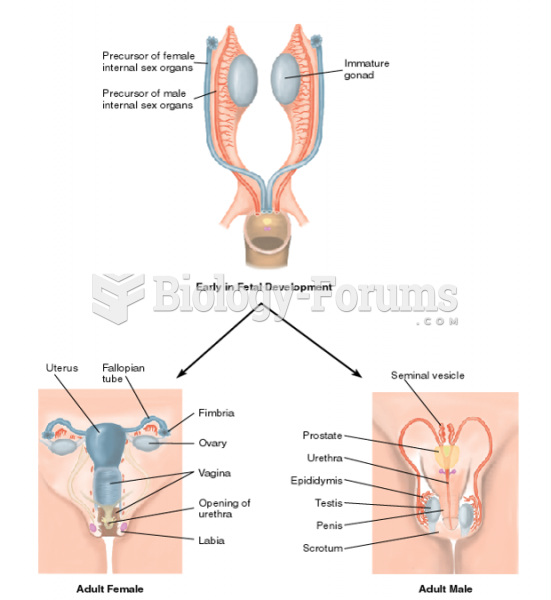Answer to Question 1
Responses to the two parts of the question are as follows:
a. The zone of proximal development is the range of tasks that a child can do only with the assistance of a more competent individual. Scaffolding is the structure that the more competent individual provides to help a child perform a difficult task successfully; this structure is gradually removed over time as the child becomes more skillful. The response should include a concrete example of each of these concepts.
b. Responses will vary considerably depending on the grade level, topic, and specific form of scaffolding chosen. A response should identify a topic or skill that most students at the grade level identified would find challenging but not impossible. It should include both an appropriate form of scaffolding (see the Development and Practice feature Scaffolding Children's Efforts at Challenging Tasks for examples of forms that scaffolding might take) and a description of how the scaffolding is gradually removed over time.
Suggested Response: The response should appropriately include reference to ZPD, self-talk, inner speech, internalization, and scaffolding. Following is an example:
When learning about Vygotsky's theory I began in my zone of proximal development, because I could not understand the theory without support from my teacher and classmates. Scaffolds used during instruction included lectures, textbook readings, and focus questions and practice exercises in the study guide. When I was first studying the material in the textbook, I occasionally talked aloud to myself in attempts to understand complex ideas. Gradually I internalized and appropriated definitions of key terms and illustrative examples. Now I am using inner speech as I formulate a response to this question.
Answer to Question 2
Responses to this item are likely to vary considerably. A response should list three implications derived either from Piaget's general assumptions or from characteristics of the stage in which the age group is likely to be in. Each implication should be described in both general, abstract terms, and as one or more specific, concrete teaching practices.







